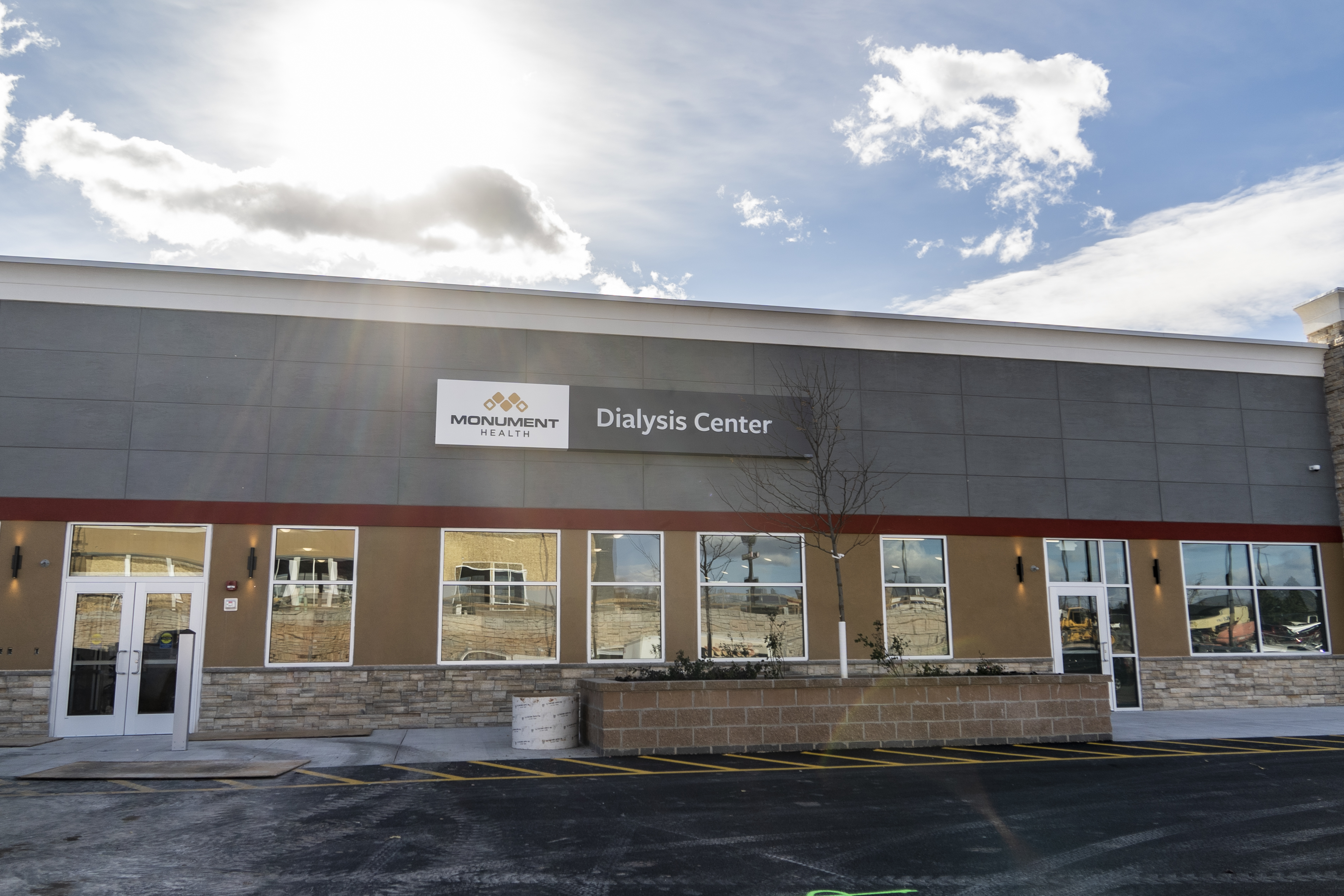
Dialysis
Dialysis Centers in Rapid City and Spearfish provide a comfortable environment with high-quality care for our patients to undergo dialysis treatment. Our dialysis team coordinates closely with nephrologists to ensure patients receive the care they need. Please let us know if you have questions regarding our dialysis services.
Visiting the Black Hills?
If you are a dialysis patient traveling to the area who needs support during your stay, please don’t hesitate to reach out to us. We are here to help accommodate your needs and ensure a comfortable experience. Contact us in advance so we can assist in coordinating your care and making your stay as smooth as possible.

Monument Health Dialysis Center – Rapid City
955 East North Street, Rapid City, SD 57701
Location Details
More From Monument Health

Monument Health Rapid City Hospital earns highest safety grade in South Dakota
November 22, 2024

A Final Salute
November 13, 2024
